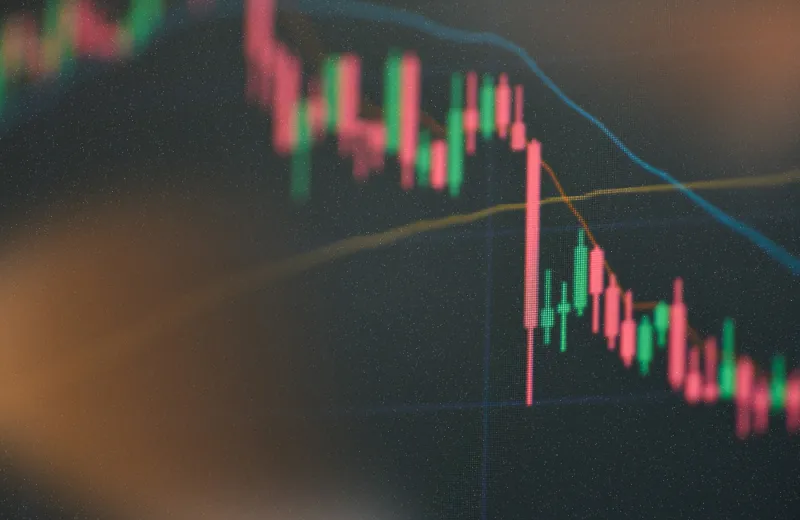Amid a rising interest rate environment, investors are reconsidering their exposure to fixed income, shifting allocations or, in some cases, forgoing the asset class entirely.
Michael Hunstad, Northern Trust Asset Management’s head of quantitative strategies, posits that adding dividend stock exposure to a portfolio could help investors manage risk without losing out on yield.
“When I think about high-dividend-yielding stocks, they tend to be value-oriented,” Hunstad said by phone. “Bonds are trading at higher margins. Dividend stocks are a very good source of yield, a good use of risk, and you’re not buying into the most expensive part of the market.”
Hunstad is testing this hypothesis in a unique market environment. The Federal Reserve had kept interest rates low for years, but that changed in 2022 when it became clear that inflation wasn’t going to be transitory, as the central bank had predicted.
The Fed hiked rates by 0.25 percent in March and is expected to raise them again later this year. Northern Trust Asset Management’s view is that there will be two 50-basis-point interest rate hikes before the end of 2022. That view is more conservative than some of the firm’s peers, but Hunstad said he believes that the Federal Reserve will have to strike a balance between managing inflation and not “spooking the market.”
When interest rates rise, bond values tend to drop. The fixed income asset class has already been struggling to meet investors’ expectations, often forcing them to take their search for yield to safe havens outside of traditional bond markets, including private credit.
Hunstad believes that dividend-yielding stocks could be another haven for investors. He said that in each of the last five rate-hike cycles, dividend stocks outperformed the broader market on average by more than 12 percent over the entire cycle. Hunstad expects dividend strategies to yield between 2 and 4 percent for investors, with room to run if interest rates continue to rise.
In markets with rising interest rates, he added, value strategies — which often include dividend-yielding stocks — tend to outperform strategies based on growth. “A driver for growth [underperformance] is rising interest rates,” Hunstad said. “These growth stocks have a lot of future earnings that they’re discounting back today based on interest rates... Given that we just started the rate-hike cycle, my belief is that growth will struggle.”
A recession, too, could put more pressure on growth stocks than on their value peers. “If the economy is entering a recession, stock prices are probably going down,” Hunstad said. “Which ones are going down the most? The ones that are most expensive.”







